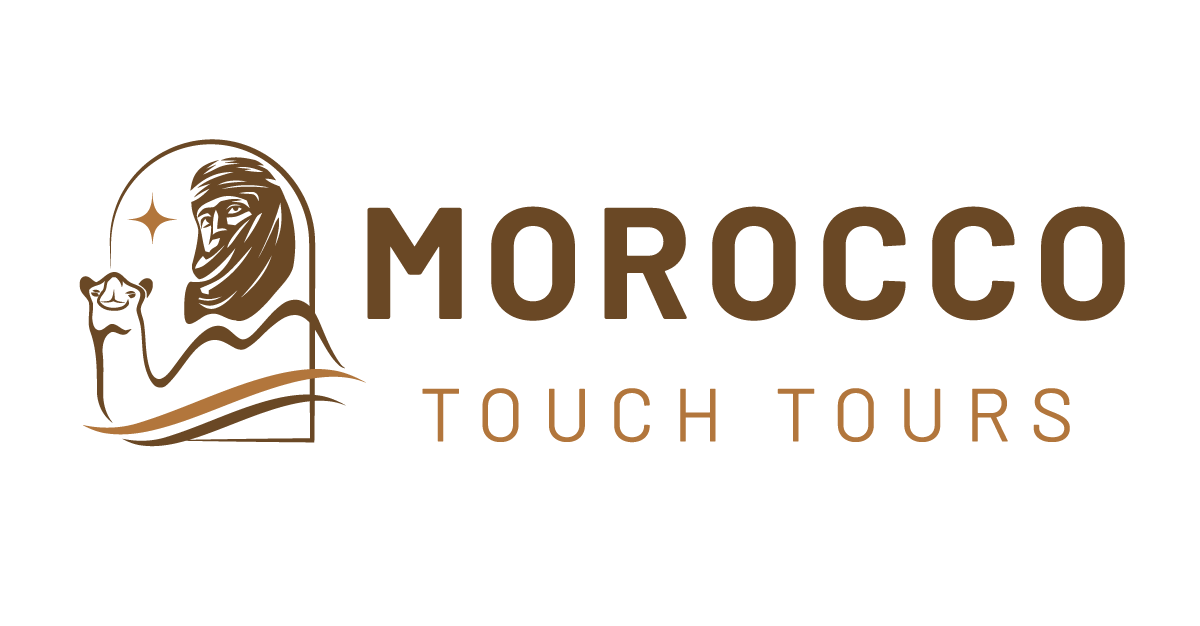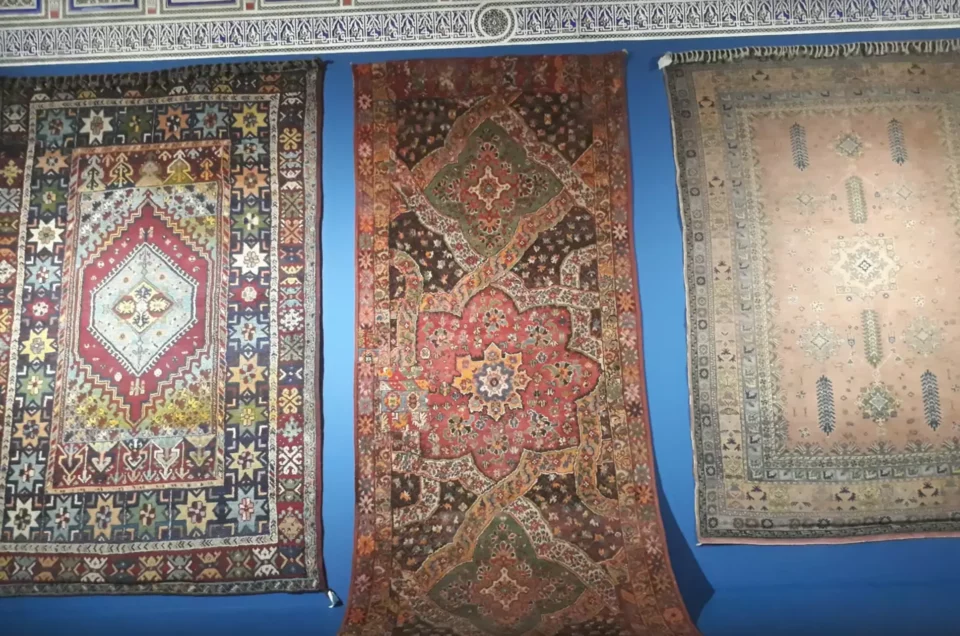A Rebirth of Cultural Heritage
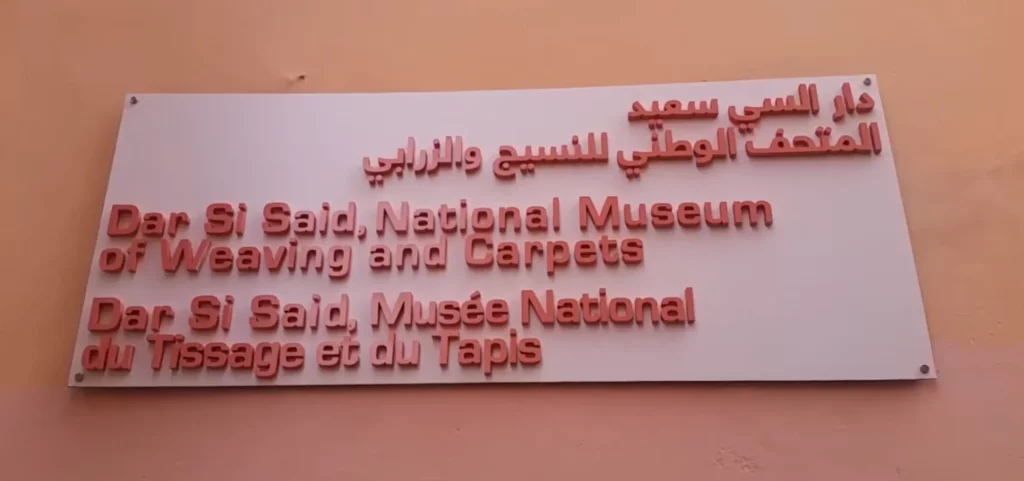
In the heart of Marrakech, the Dar Si Said Museum has recently undergone a significant transformation. Reopened in 2018, the museum now focuses exclusively on Moroccan carpets and weaving, offering a unique experience for both locals and tourists alike. This article aims to provide an in-depth look into this cultural treasure, along with practical tips for visitors to make the most of their experience.
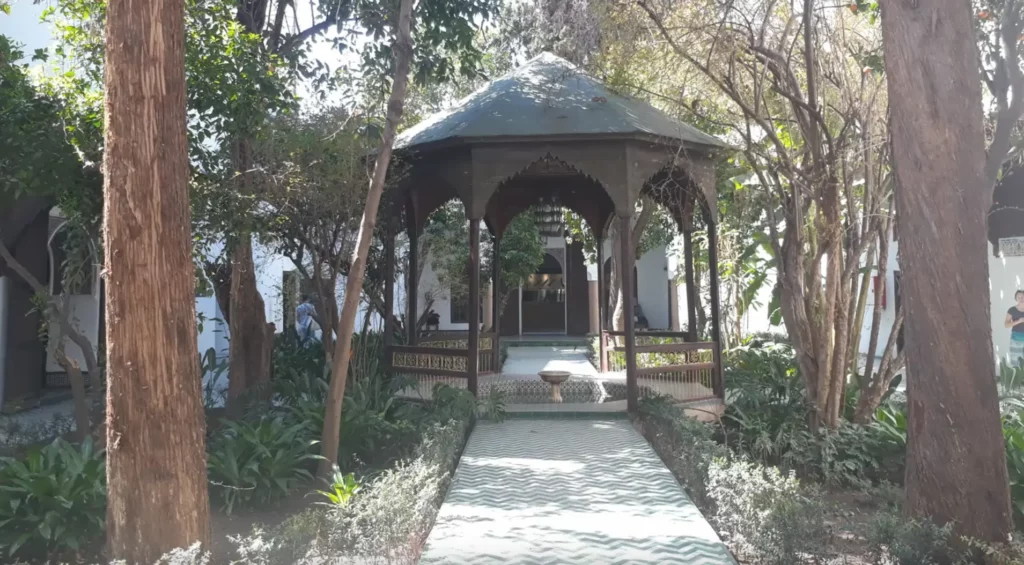
The Historical Significance of Dar Si Said: More Than Just a Museum
Built in the late 19th century, the Dar Si Said Museum is a masterpiece of Arab-Andalusian architecture. Commissioned by Said Ben Moussa, a Minister of War, the palace was initially a residence for the influential Ben Moussa family. The term “Dar Si Said” translates to “Mr. Said’s House,” reflecting its original purpose as a luxurious home.
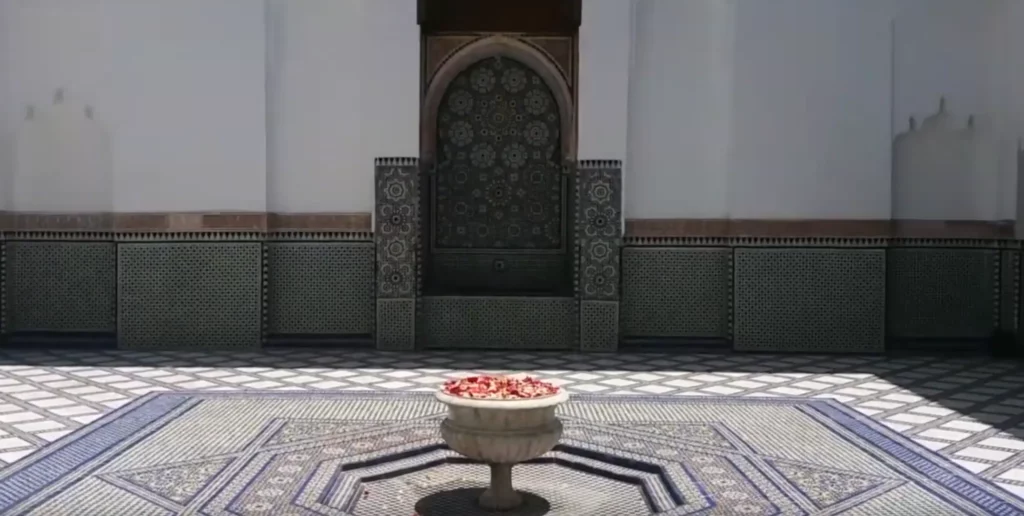
Connection to Bahia Palace
Interestingly, Said Ben Moussa’s brother, Ahmed Ben Moussa, was responsible for the construction of the nearby Bahia Palace. The two structures share architectural similarities and are both integral parts of Marrakech’s rich history.
The Museum’s Evolution Over Time: A Journey Through Eras
During the French protectorate, the palace served as a hub for Marrakech’s leaders. In 1932, it transitioned into a museum dedicated to Indigenous and Ancient Arts. Prosper Ricard, appointed as the curator, played a pivotal role in promoting Moroccan arts and crafts, even authoring a book on Moroccan rugs.
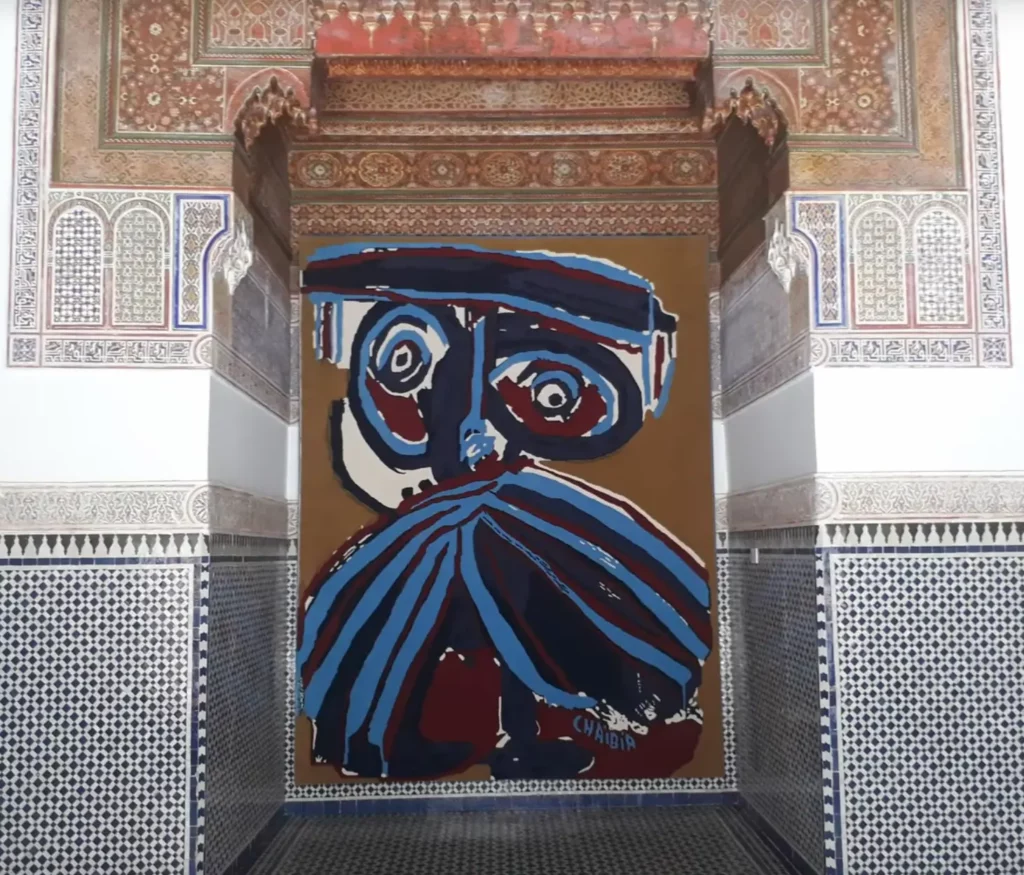
The Grand Reopening: A New Chapter in 2018
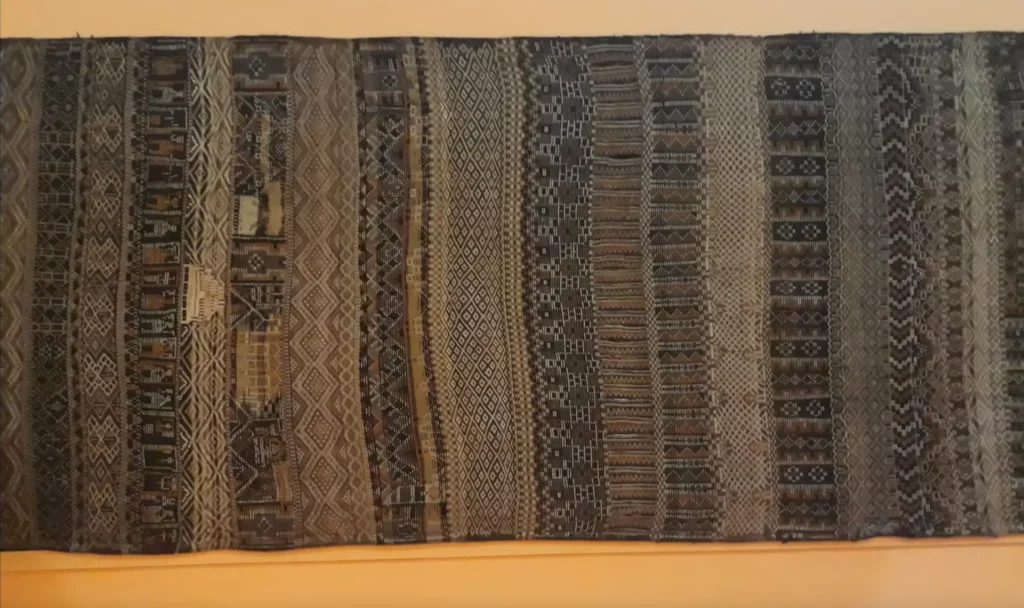
Managed by the National Foundation of Moroccan Museums, the Dar Si Said Museum reopened its doors on June 28, 2018. With over 400 carpets on display, the museum aims to preserve and promote the rich heritage of Moroccan and Berber weaving.
A Thousand-Year-Old Craft
The museum now focuses on showcasing the ancient Berber and Moroccan carpets, breathing new life into this age-old craft.
Expert Tips for a Memorable Visit: Maximize Your Experience
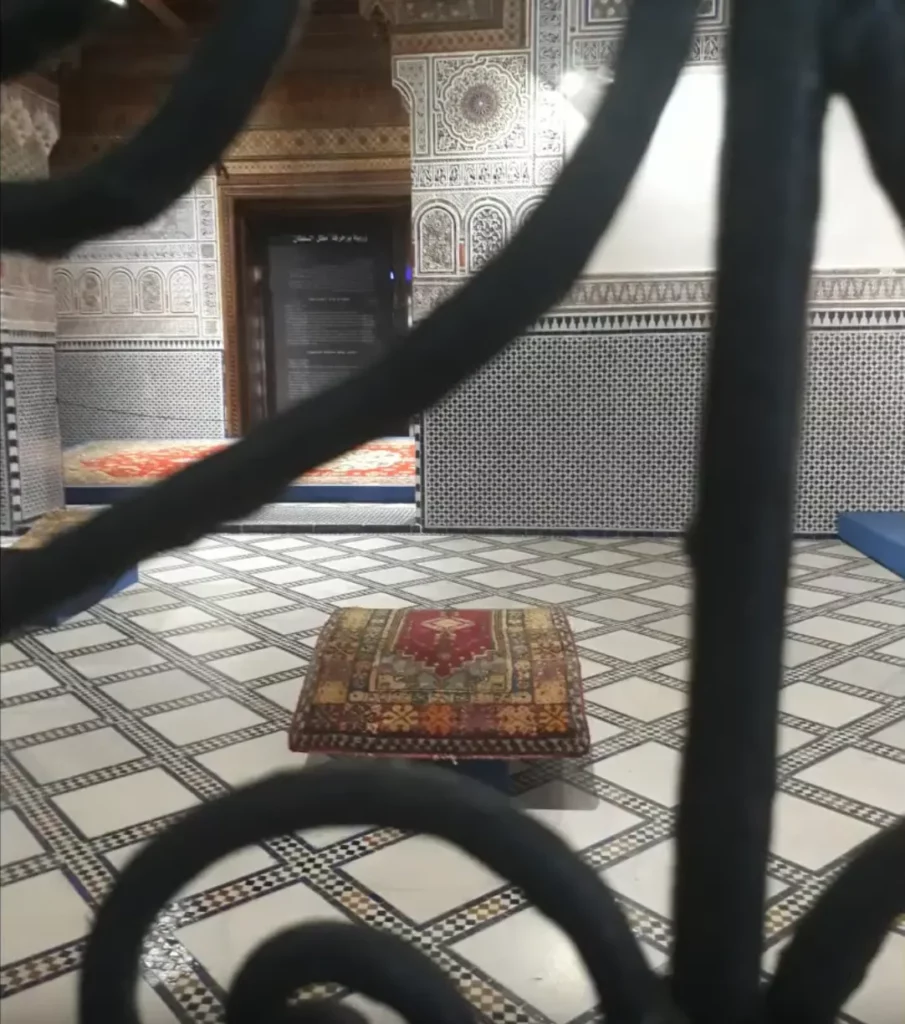
Essential Visitor Information: Plan Your Visit
Opening Hours: Closed on Tuesdays; Open from 10 am to 6 pm every other day
Admission Fees: 30 dhs for adults, 10 dhs for children under 12
Interactive Exhibits: Engage with History
What sets the Dar Si Said Museum apart from other museums is its interactive exhibits. These are designed to engage visitors, allowing them to experience the art of weaving first-hand.
Hands-On Workshops
The museum occasionally hosts workshops where visitors can try their hand at weaving. Led by expert artisans, these workshops offer a unique opportunity to learn the basics of this intricate craft.
Virtual Tours
For those who can’t visit the museum in person, virtual tours are available online. These tours provide a 360-degree view of the museum, allowing you to explore its various sections from the comfort of your home.
Dining Options: Savor Moroccan Delicacies
After a day of cultural immersion, you might find yourself hungry for some local cuisine. Luckily, the area around the Dar Si Said Museum offers several dining options that serve authentic Moroccan food.
Best Tagines in Town
If you’re a fan of tagines, you’re in for a treat. Several restaurants near the museum offer this traditional Moroccan dish, cooked to perfection with a blend of spices and herbs.
Moroccan Tea Houses
Don’t forget to end your meal with some Moroccan mint tea, a staple in local culture. There are numerous tea houses in the vicinity where you can enjoy this refreshing drink.
Nearby Attractions: Extend Your Cultural Journey
If you’re planning a visit to the Dar Si Said Museum, why not make a day of it and explore other nearby attractions? Marrakech is home to a plethora of cultural landmarks that offer a diverse experience.
Jardin Majorelle
Just a short drive from the museum, the Jardin Majorelle is a stunning garden that offers a peaceful escape from the bustling city. It’s also home to the Berber Museum, which complements your visit to Dar Si Said.
Koutoubia Mosque
Another must-visit is the Koutoubia Mosque, known for its stunning architecture and historical significance. It’s a great way to delve deeper into Morocco’s Islamic heritage.
The Art of Moroccan Weaving: A Deep Dive
One of the most fascinating aspects of the Dar Si Said Museum is its focus on the intricate art of Moroccan weaving. This section aims to delve deeper into the techniques, materials, and cultural significance behind this ancient craft.
Techniques and Styles
Moroccan weaving is a complex art form that involves various techniques, such as knotting, looping, and flat-weaving. Each region in Morocco has its unique style, influenced by the local culture and available materials.
Materials Used
Traditionally, Moroccan rugs are made from wool, but you can also find pieces made from silk and other materials. The dyes are often natural, extracted from plants and minerals, which contribute to the vibrant colors that Moroccan rugs are famous for.
Cultural Significance
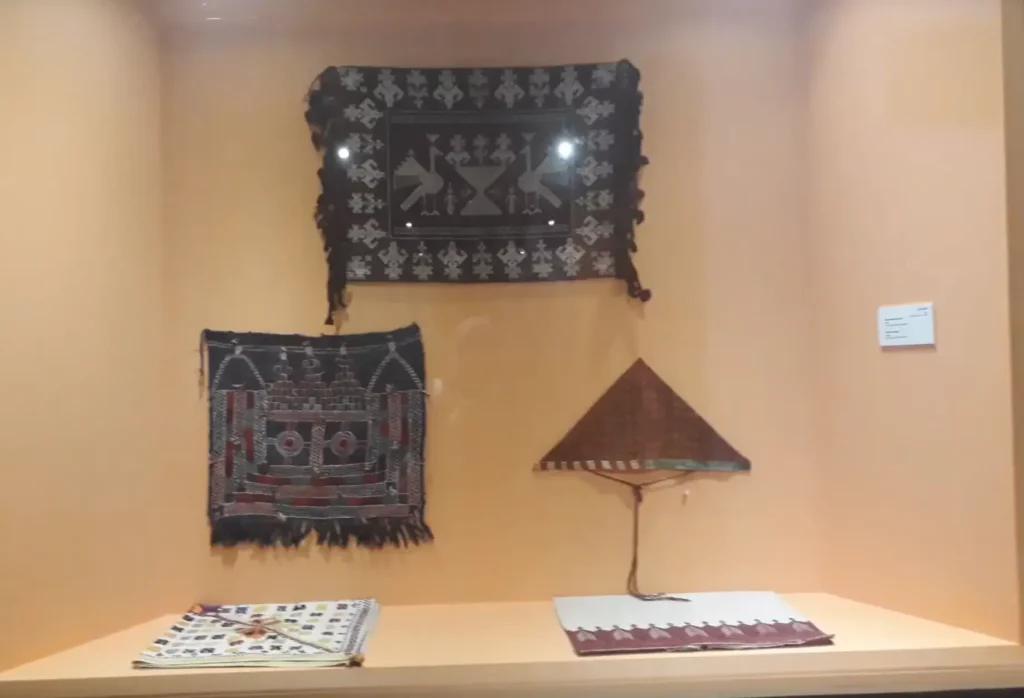
In Moroccan culture, rugs are more than just decorative items; they are a form of expression. They can tell stories, represent tribal affiliations, and even serve religious purposes. Understanding the symbolism behind the patterns can offer a deeper insight into Moroccan culture.
As you can see, the Dar Si Said Museum is more than just a repository of beautiful carpets and intricate weavings, it’s a living testament to Morocco’s rich cultural tapestry.
From its historical roots to its modern-day transformation, this museum offers a multi-layered experience that captivates the senses and enriches the mind.
Whether you’re a history buff, an art lover, or simply a curious traveler, this hidden gem in the heart of Marrakeck promises an unforgettable journey through time, art, and tradition.
So why wait? Plan your visit now and immerse yourself in the mesmerizing world of Moroccan carpets and weaving. Your adventure of a lifetime awaits!
